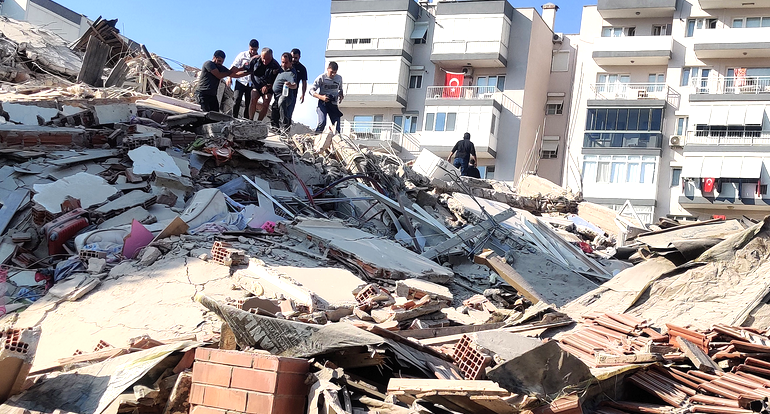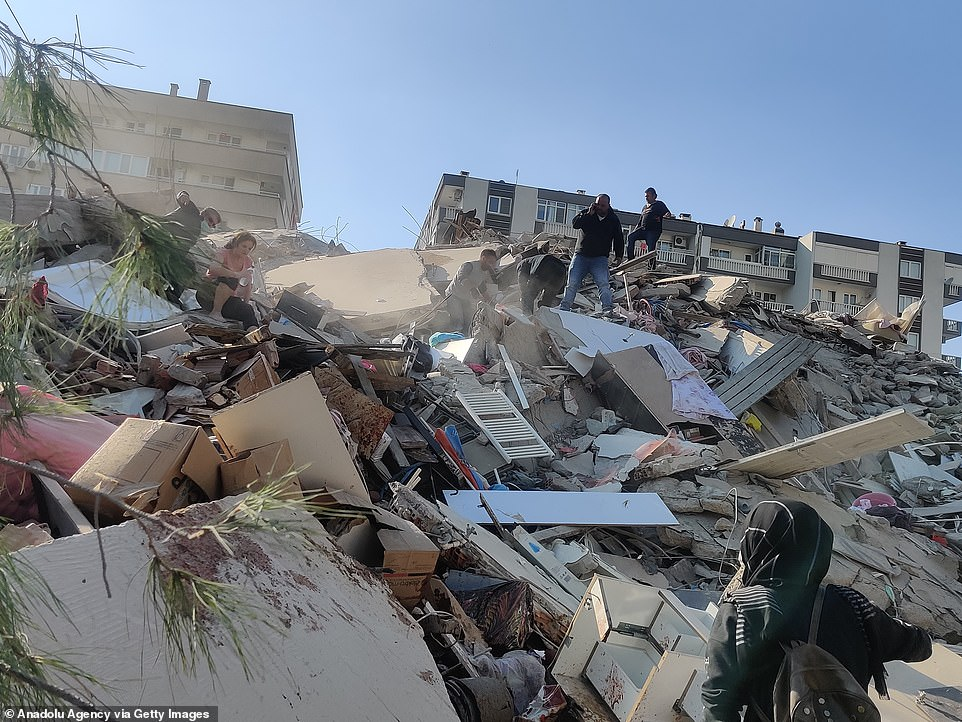
Total property losses from the M7.8 and M7.5 earthquakes are expected to be close to $20 billion, with the M7.8 earthquake accounting for the bulk of those losses.
According to the high-resolution KCC Turkey Earthquake Reference Model, total insured losses are estimated to be $2.4 billion. The loss figures do not include losses within Syria.
The 6 February earthquake occurred near a triple junction of three tectonic plates in southeastern Turkey near the Turkey-Syria border, approximately 21 miles west of Gaziantep.
It was followed by numerous aftershocks, the largest of which was a M7.5. The mainshock is the largest magnitude event to occur in Turkey since the 1939 Erzincan M7.8 earthquake, though a large magnitude earthquake (M7.6) did strike the region near Izmit in 1999.
Global reinsurers will “ultimately be borne” with the insured losses. Insurance losses relating to the series of earthquakes in Turkey and Syria are expected to be in the billions of dollars, although assessors say it is too early to place a precise figure on the estimated amount.
According to Fitch Ratings, the death toll has passed 33,000, with the number continuing to rise. Early estimates predict economic losses will pass $10 billion.
Despite reinsurers being expected to cover considerable portions of the losses, Fitch says the amount ceded will hold no implications for the global reinsurance market.
The deterioration of economic conditions in Türkiye meaningfully increased the asset and underwriting risks of many (re)insurers in 2022.

Across 10 of Turkey’s 81 provinces, the earthquake destroyed or heavily damaged more than 41,000 buildings, most of which were poorly designed or constructed.
Of those 41,000 buildings, many were mid-rise multi-family residences constructed of reinforced concrete, though many commercial and industrial buildings were also completely destroyed.
More than 35,000 people are reported dead from the earthquake, a number that’s expected to rise as search and rescue efforts continue. The death toll is now considerably higher than the 2011 Tohoku (19,759) and the 1999 Ismit (18,373) earthquakes.
Historically in Turkey, reinforced concrete buildings tend to fail because of poor concrete quality and lack of sufficient longitudinal and transverse reinforcement.
Buildings in the region are more likely to have open ground floors, making them more susceptible to soft story failure. And finally, weak links between columns and beams can lead to pancake collapse.
Following the Izmit earthquake of 1999, Turkish authorities attempted to enforce building codes for new construction with more rigor, but most of Turkey’s buildings were constructed before that change.
The most affected areas in Turkey are Gaziantep, Kahramanmaras, Malatya, Osmaniye, Iskenderun, Antakya, and Adana, with significant damage in Sanliurfa and Diyarbakir as well.




